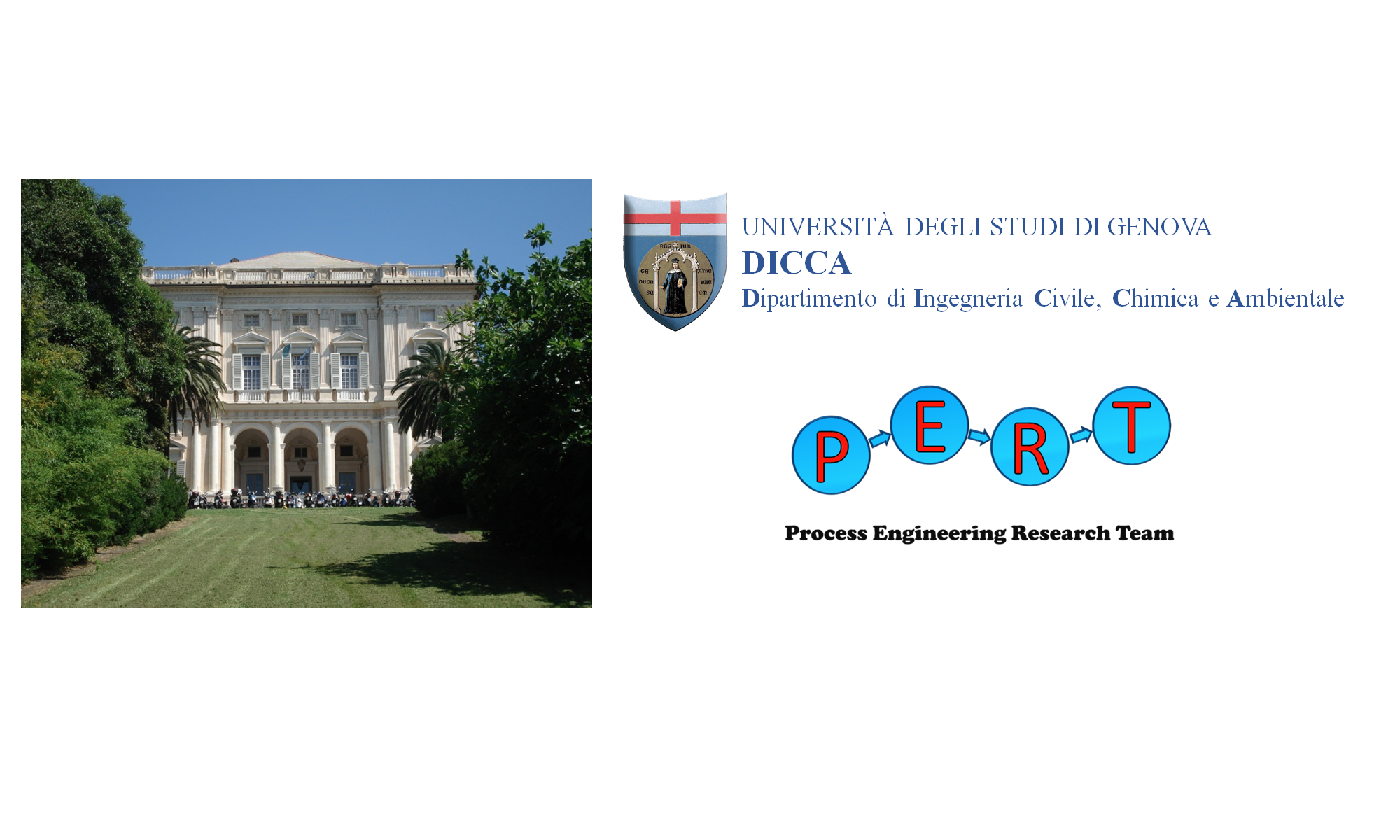Biopolymers or bioplastics (BP) are polymers prepared through biological processes, which give the final product a high biodegradability. They can be: of synthetic origin such as the derivatives of some polyesters or derived from materials of vegetable origin and therefore renewable like starch and starch mixtures, the polylactic acid (PLA) derived from sugars, cellulose or lignin, polyhydroxyalkanoates (PHA) and others.
PHBV (poly-3-hydroxybutyrate-co-valerate) is part of the family of polyhydroxycarbonates obtained by “farming” and feeding a special type of bacteria with sugar and starch which, thanks to their action, together with fermentation, can convert starch and other substances into plastics.
PLA (polylactic acid) is the most important bioplastic on the market, it is based on lactic acid and is produced by the fermentation of sugar and starch.
Advantages: high level of rigidity, transparency of the film, good processing performance on existing equipment in the plastics converting industry and, finally, like other bioplastics, has a low vapour barrier, which, although it is disadvantageous to make bottles, is instead great for bread and vegetable bags.
Disadvantages: its softening point is around 60 ° C and therefore can only be used in part to contain hot drinks.
But these plastic products, after being broken, worn out or no longer needed, what do they do? There are two solutions: they can be recycled or used to produce energy.
Recycling is a process in which products are converted into secondary material. The material recycling is in simple terms the shredding, cleaning and re-melting and re-granulating of plastic waste whose chemical composition remains unchanged and the secondary raw material can be re-used. If, in a new application, a recycled plastic product is inferior in quality to the products initially, it is called “down cycling” that we try to avoid as much as possible.

